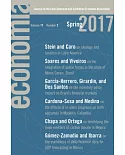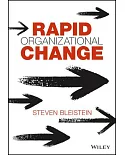Multilateral development banks (MDBs) are increasingly expected to addressenvironmental issues in their economic development lending. Yet the banks have been accused offailing to implement
their own environmental policies, thereby contributing to environmentaldegradation in borrowing countries. In this book Tamar Gutner analyzes the environmental policies ofthree MDBs: the
World Bank, the European Bank for Reconstruction and Development, and the EuropeanInvestment Bank. She compares their performance in Central and Eastern Europe, where the need foreconomic and
environmental reform has been particularly urgent, and where these MDBs are among thelargest donors.Gutner finds many obstacles to efforts to "green" the three banks, most notably amismatch
between the environmental mandates and existing patterns of institutional design andincentives. The depth and scope of the banks’ green activities reflect the degree of shareholdercommitment
to environmental issues and how demand-driven the MDB is designed to be. Surprisingly,the World Bank, the most scrutinized and criticized of the three MDBs, has been rather moreresponsive
than its counterparts to its environmental mandate in the region.The discussion is framedby larger explorations of the behavior of international organizations and the sources of
theirinnovation and inertia in addressing new policy issues. Gutner demonstrates the need to examine theimpact of different stages of the policy process on new mandates and to incorporate
both politicaland institutional variables when developing theories about the behavior of internationalinstitutions.





















